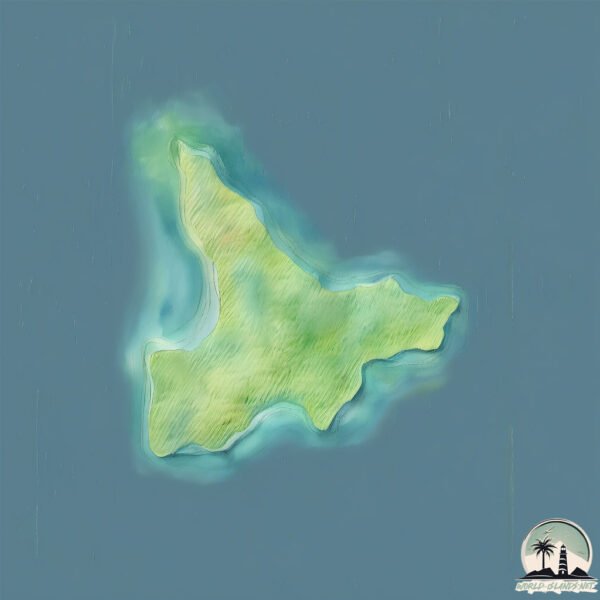Barangonan

Welcome to Barangonan, a Tropical island in the Sulu Sea, part of the majestic Pacific Ocean. This guide offers a comprehensive overview of what makes Barangonan unique – from its geography and climate to its population, infrastructure, and beyond. Dive into the details:
- Geography and Size: Explore the island’s size and location.
- Climate and Weather: Weather patterns and temperature.
- Topography and Nature: Uncover the natural wonders of the island.
- Infrastructure and Travelling: Insights on reaching, staying, and making the most of your visit.
- News and Headlines: Latest News.
Geography and size of Barangonan
Size: 1.428 km²
Coastline: 6.8 km
Ocean: Pacific Ocean
Sea: Sulu Sea
Continent: Asia
Barangonan is a Small Island spanning 1.4 km² with a coastline of 6.8 km.
Archipel: Malay Archipelago – The world’s largest archipelago, located between mainland Southeast Asia and Australia, known for its immense biodiversity and cultural diversity.
Tectonic Plate: Sunda – Extends across Southeast Asia, encompassing parts of the Sunda Shelf, known for its interaction with the Australian Plate, contributing to volcanic activity in Indonesia.
The geographic heart of the island is pinpointed at these coordinates:
Latitude: 11.34233442 / Longitude: 119.7040994
Climate and weather of Barangonan
Climate Zone: Tropical
Climate Details: Tropical Monsoon Climate
Temperature: Hot
Climate Characteristics: Characterized by heavy rainfall, high humidity, and uniformly high temperatures, but with a distinct short dry season. It features a seasonal reversal of prevailing wind directions.
Topography and nature of Barangonan
Timezone: UTC+08:00
Timezone places: Australia/Perth
Max. Elevation: 14 m
Mean Elevation: 9 m
Vegetation: Evergreen Needleleaf Forest
Tree Coverage: 75%
The mean elevation is 9 m. The highest elevation on the island reaches approximately 14 meters above sea level. The island is characterized by Plains: Flat, low-lying lands characterized by a maximum elevation of up to 200 meters. On islands, plains are typically coastal lowlands or central flat areas.
Dominating Vegetation: Evergreen Needleleaf Forest
Dominated by evergreen coniferous trees such as pines and firs, which retain their needle-like leaves throughout the year. These forests are often found in cooler climates. Barangonan has a tree cover of 75 %.
Vegetation: 4 vegetation zones – Diverse Island
Four distinct vegetation zones mark these islands as ecologically diverse. They might feature varied landscapes such as forests, beaches, grasslands, and rocky areas. Such diversity reflects the island’s complex ecological interactions and varied habitats, which can support a rich array of wildlife and plant species.
Infrastructure and Travelling to Barangonan
Does the island have a public airport? no.
There is no public and scheduled airport on Barangonan. The nearest airport is El Nido Airport, located 35 km away.
Does the island have a major port? no.
There are no major ports on Barangonan. The closest major port is PUERTO PRINCESA, approximately 208 km away.
The mean population of Barangonan is 1049 per km². Barangonan is Densely Populated. The island belongs to Philippines.
Continuing your journey, Iloc is the next notable island, situated merely km away.
Philippines is classified as Emerging region: G20: Group of Twenty – Major economies comprising both developed and emerging countries, representing the world’s largest economies. The level of income is Lower middle income.
News – Latest Updates and Headlines from Barangonan
Stay informed with the most recent news and important headlines from Barangonan. Here’s a roundup of the latest developments.
Please note: The data used here has been primarily extracted from satellite readings. Deviations from exact values may occur, particularly regarding the height of elevations and population density. Land area and coastline measurements refer to average values at mean high tide.
